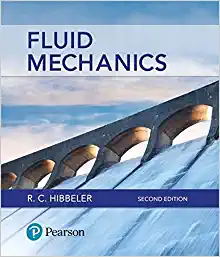Answered step by step
Verified Expert Solution
Question
1 Approved Answer
In which part (A, B, or C) did the frictional force produce the most heat? Why would friction in this part produce the most heat?


- In which part (A, B, or C) did the frictional force produce the most heat? Why would friction in this part produce the most heat? Explain using the data and equations to support your answer.
2. In each part, what percent of the work done by the hanging mass (







Step by Step Solution
There are 3 Steps involved in it
Step: 1

Get Instant Access to Expert-Tailored Solutions
See step-by-step solutions with expert insights and AI powered tools for academic success
Step: 2

Step: 3

Ace Your Homework with AI
Get the answers you need in no time with our AI-driven, step-by-step assistance
Get Started


